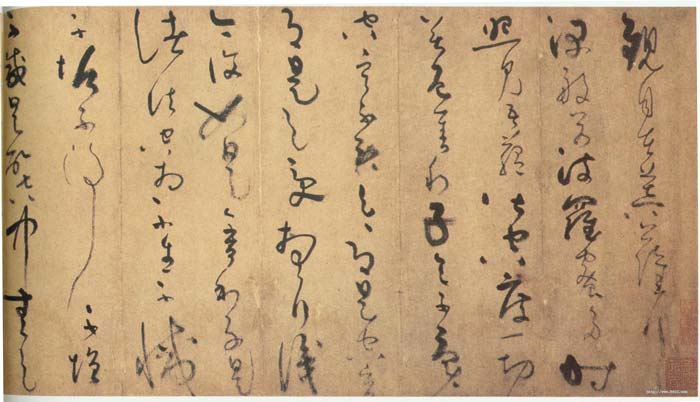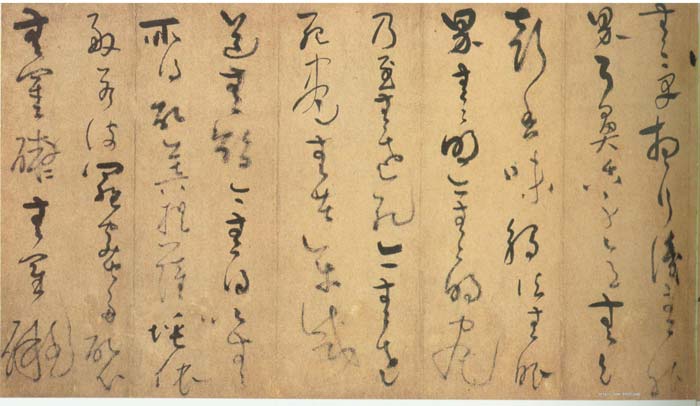Wu Zhen (1280-1354) was named Zhonggui and also known as Meihua Taoist. A native of Weitang, Jiaxing, Zhejiang. In his later years, he was also named "Meisha Mi". In his early years, he and his brother studied the Book of Changes from Piling Liu Tianji. It is said that he once sold divination in Weitang. He lived in seclusion and was not an official all his life. His friends were mostly scribes or monks, and he rarely interacted with dignitaries. He once traveled to Hangzhou, Wuxing and other places, and later lived outside Chunbo Gate in Jiaxing. He lived in seclusion and lived in poverty all his life. He is good at poetry and prose, and is good at painting landscapes, plums, bamboos, trees and rocks. His calligraphy and painting became famous for a while. His painting style had a great influence on the development of landscape painting in the Ming and Qing Dynasties. Together with Huang Gongwang, Wang Meng and Ni Zan, they are also known as the four Yuan families. He is good at cursive calligraphy, his brushwork is ancient and vigorous, and his style is cool and unrestrained.


"Heart Sutra"
Wuzhen's calligraphy is mostly seen in paintings, and "Heart Sutra Scroll" is his only cursive work handed down from generation to generation. The cursive script in this volume is as cool and elegant as the old plum branches on the steep cloud cliff, giving people a super green and beautiful beauty.








